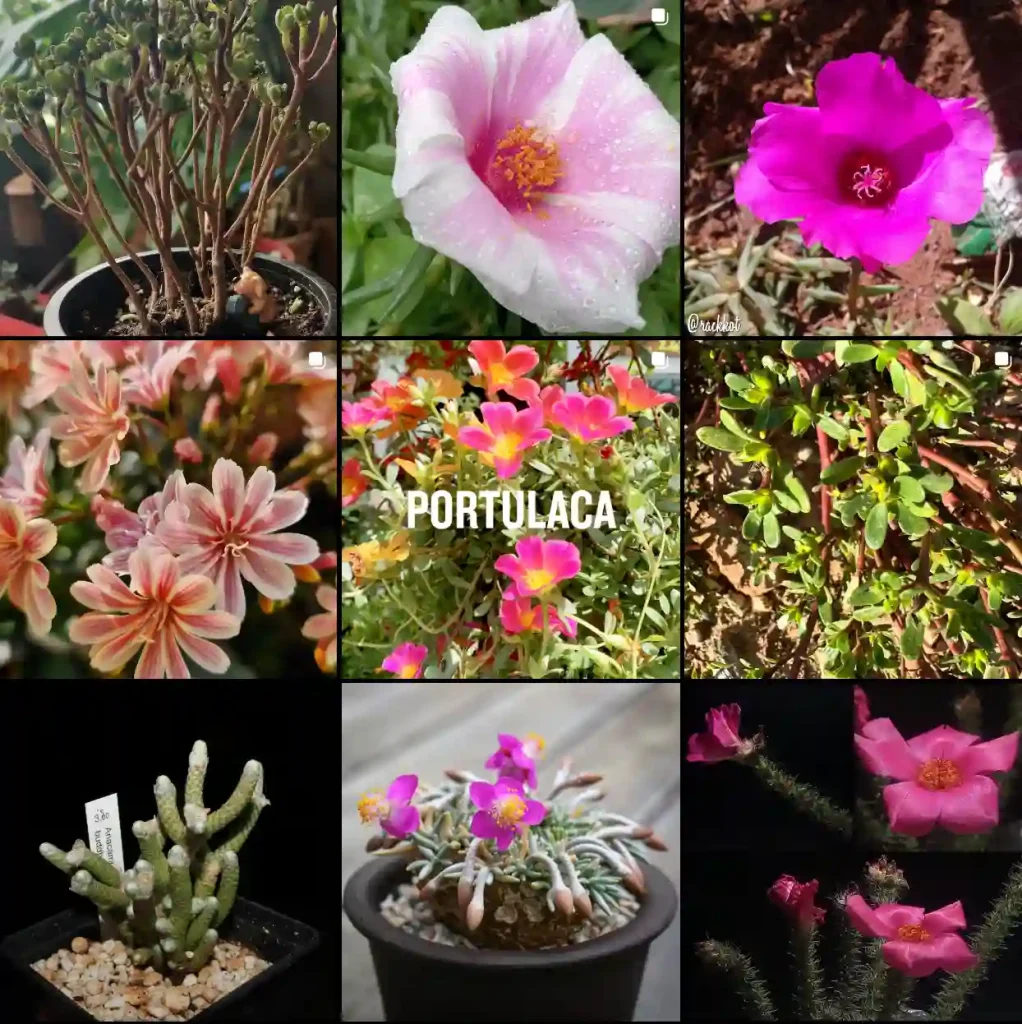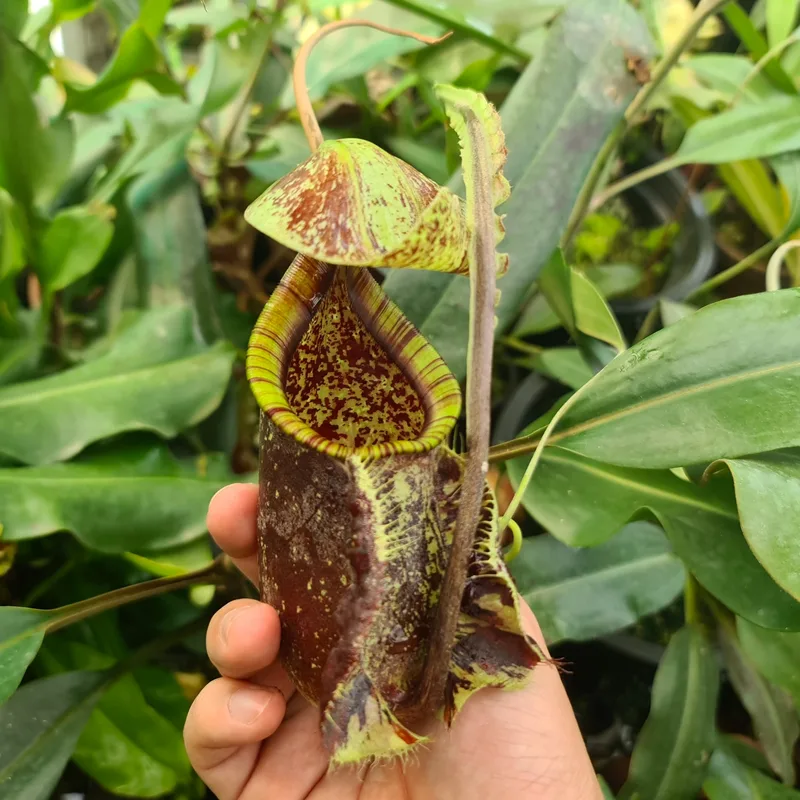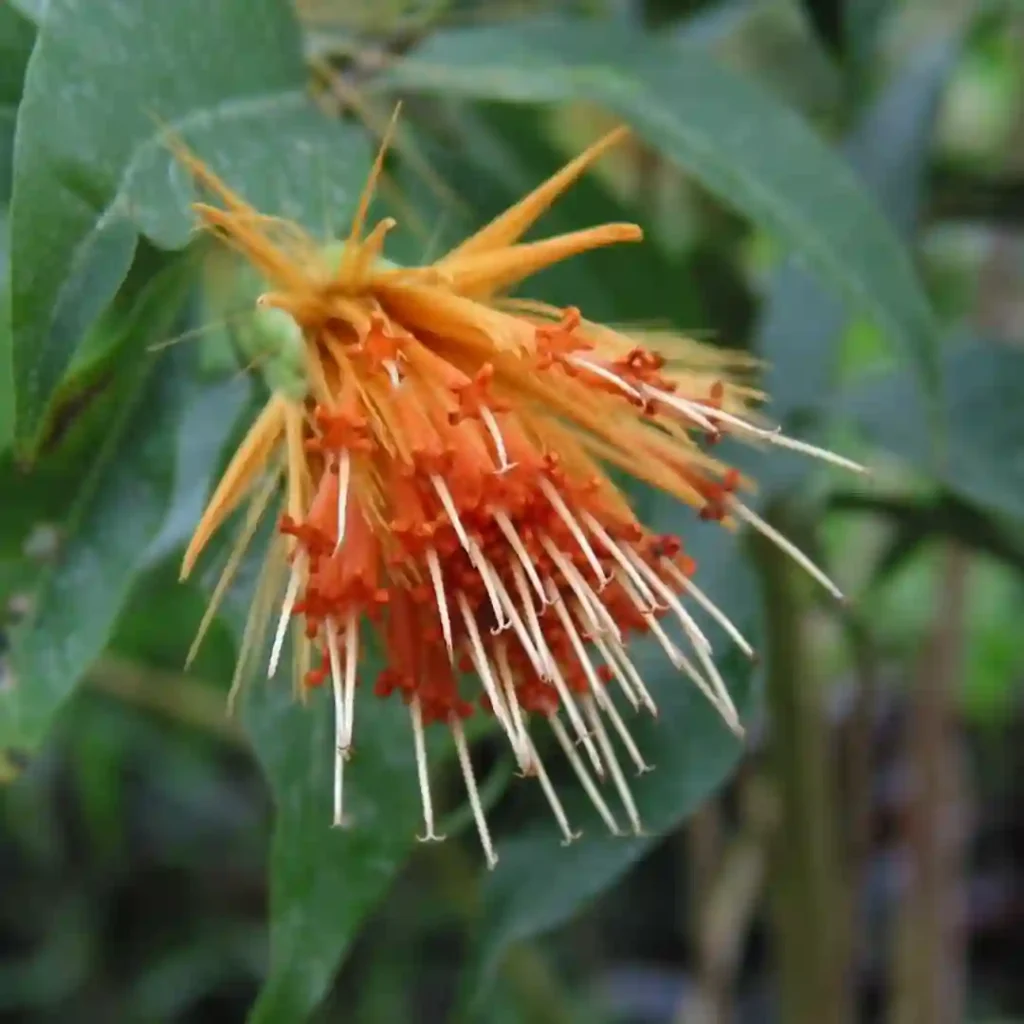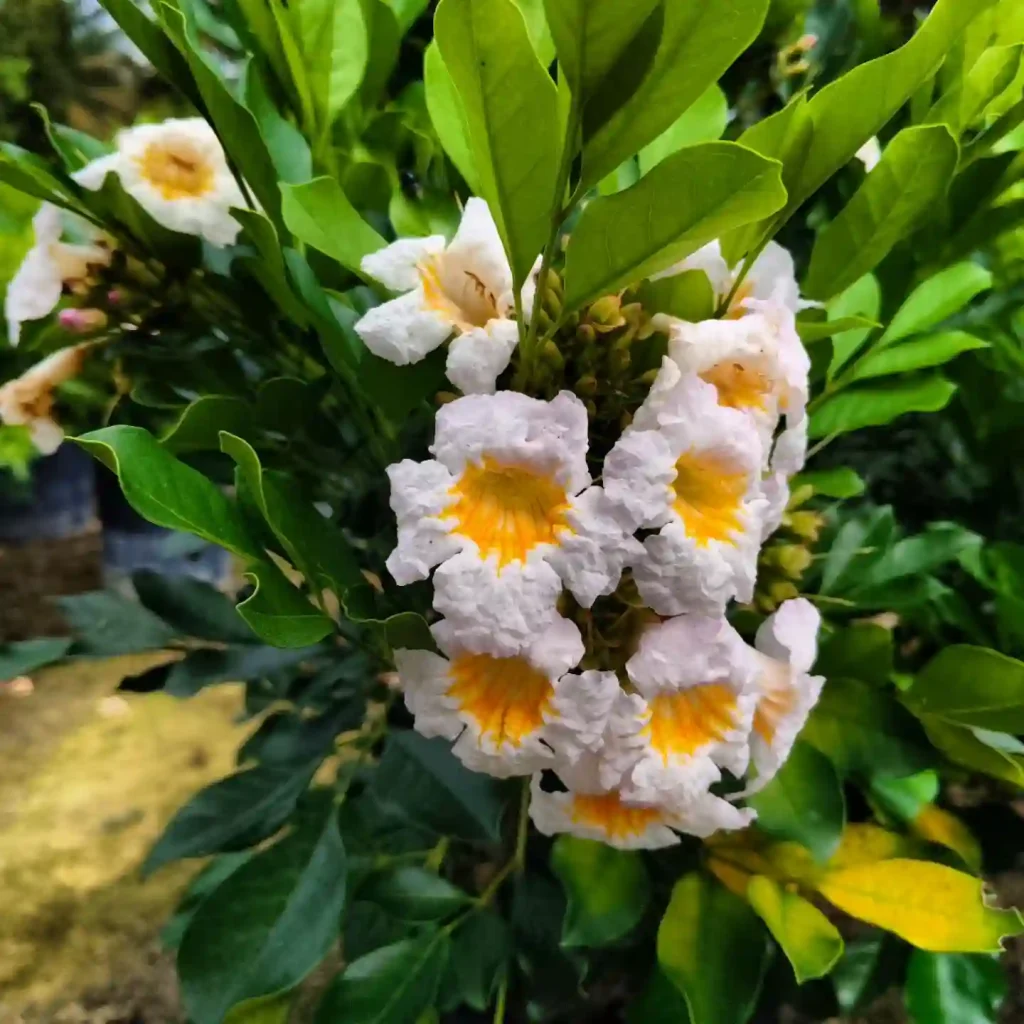The Allure of the Parrot Pitcher Plant: A Q&A with Ferb Vu
Hi everyone, Ferb Vu here! Today, we’re diving into the fascinating world of carnivorous plants, specifically the captivating Sarracenia psittacina, also known as the Parrot Pitcher Plant.
This unique plant boasts not only stunning visuals but also a remarkable predatory strategy. Let’s address some common questions about the Parrot Pitcher Plant and explore its captivating nature.
32 Species in Genus Sarracenia
What is a Sarracenia Psittacina?
The Sarracenia psittacina is a carnivorous plant native to the southeastern United States, thriving in boggy, low-lying areas of pine forests. This herbaceous perennial forms clumps and grows in rosettes, often nestled in water or moist, swampy soil rich in sphagnum moss.
Why is it called the Parrot Pitcher Plant?
The name “psittacina” is derived from the Latin word for “parrot,” and rightfully so. The plant’s most striking feature is its distinctive pitchers, bulbous traps with a hood resembling a parrot’s beak. These vibrant green and red pitchers are adorned with white, translucent “windows” called areoles, adding to their visual appeal.
How does the Parrot Pitcher Plant capture prey?
The Parrot Pitcher Plant employs a cunning strategy to lure and trap unsuspecting insects. The pitcher’s rim secretes a sweet nectar, enticing prey. However, the downward-facing hairs lining the pitcher’s interior act as a one-way trip for insects. Once lured inside, the slippery surface and digestive enzymes within the pitcher make escape impossible, leading to the insect’s demise. The plant then absorbs the decomposed nutrients from its prey, a vital source of sustenance in its nutrient-deficient boggy environment.
How does the Parrot Pitcher Plant differ from other pitcher plants?
While all Sarracenia are carnivorous, the Parrot Pitcher Plant possesses a unique adaptation that sets it apart. Unlike most Sarracenia species that struggle when fully submerged, the Parrot Pitcher Plant thrives in wet conditions. Its distinctive pitcher shape, with a small hidden opening beneath the hood, allows it to function effectively even when partially submerged or floating in water. This remarkable adaptation reflects the plant’s evolutionary strategy to survive in its boggy habitat.
Is the Parrot Pitcher Plant easy to care for?
For carnivorous plant enthusiasts, the Parrot Pitcher Plant can be a rewarding addition to their collection. However, it requires specific care to thrive. These plants prefer full sun and constantly moist conditions. They require distilled or rainwater to avoid mineral build-up, and ideally, a deep saucer to ensure they’re always sitting in at least two inches of water.
Where can I find a Parrot Pitcher Plant?
Due to habitat loss, the Parrot Pitcher Plant is listed as a threatened species in some states. It’s crucial to avoid collecting these plants from the wild. Thankfully, many reputable carnivorous plant nurseries offer cultivated varieties for purchase.
What are some interesting facts about the Parrot Pitcher Plant?
The Parrot Pitcher Plant boasts a fascinating history. In the 18th century, a specimen was sent to Europe, sparking widespread interest in carnivorous plants. These plants are not only beautiful but also ecologically valuable. They play a role in controlling insect populations and contribute to the biodiversity of bog ecosystems.
Is the Parrot Pitcher Plant safe for pets?
While the Parrot Pitcher Plant poses no direct threat to pets, it’s best to keep them out of reach. Curious pets might try to investigate the pitchers, potentially getting stuck or damaging the plant.
Conclusion: The Enchanting World of the Parrot Pitcher Plant
The Parrot Pitcher Plant is a captivating carnivorous wonder. Its unique beauty, remarkable predatory strategy, and resilience in challenging environments make it a truly fascinating plant. By understanding its care requirements and appreciating its ecological significance, we can ensure the continued survival of this captivating species.
Whether you’re a seasoned carnivorous plant enthusiast or simply curious about the natural world, the Parrot Pitcher Plant offers a glimpse into the remarkable adaptations found in the plant kingdom.
If i die, water my plants!



